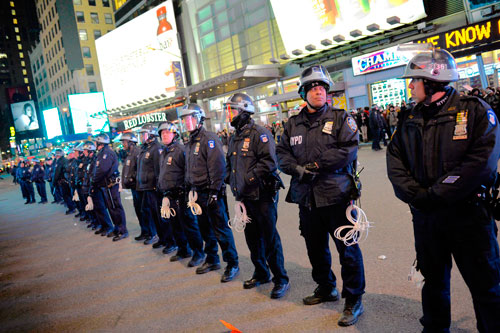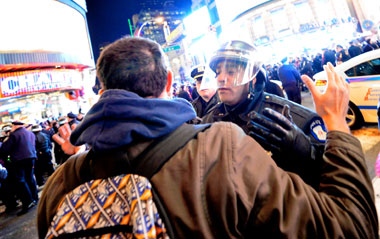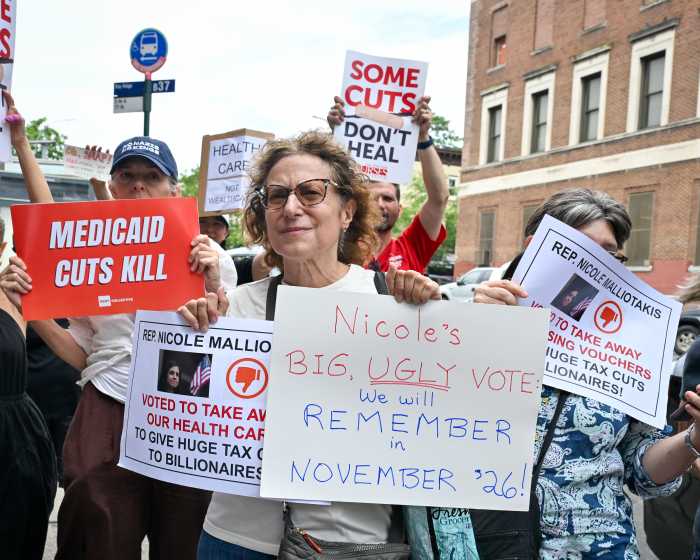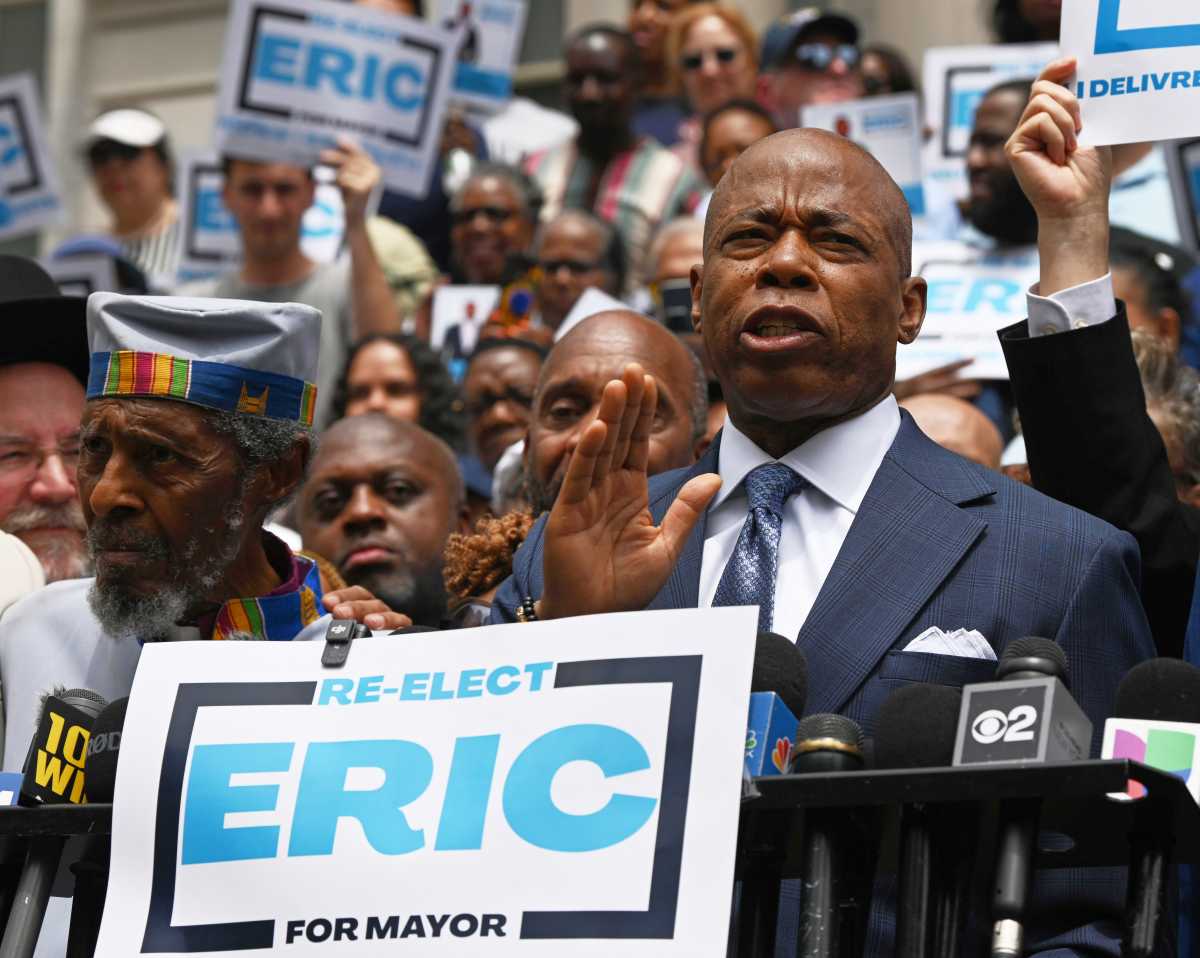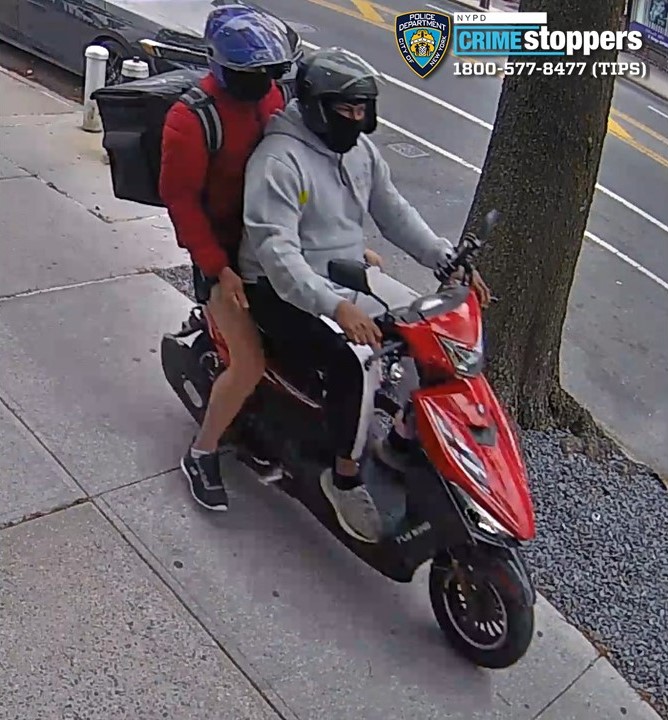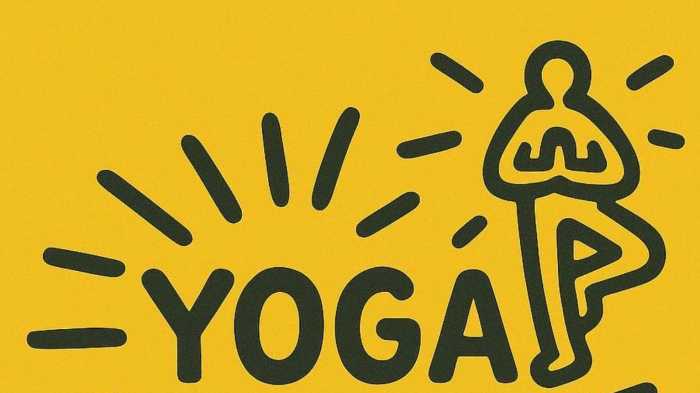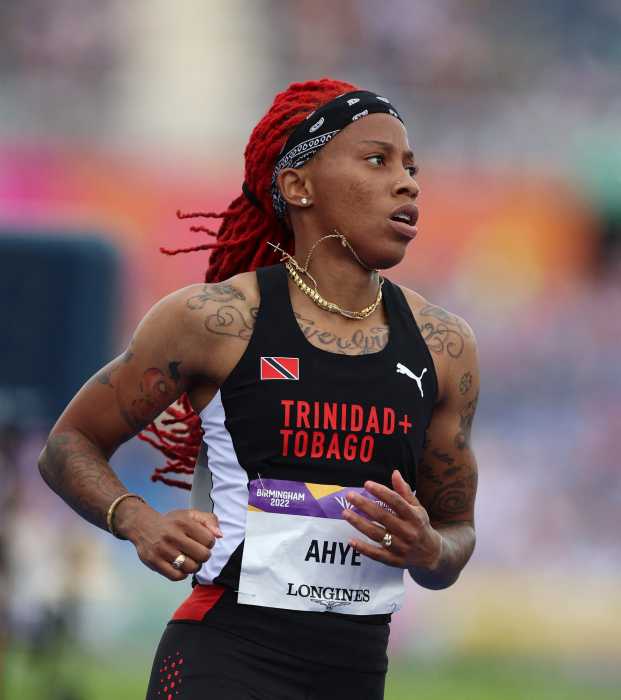I spent a night in jail for doing my job.
In the past two weeks protests have erupted in New York and across the country in response to the decisions by two grand juries to not indict two white police officers in the killings of Michael Brown and Eric Garner, and I have spent several long nights walking for miles in demonstrations, filing live updates on Twitter, and writing reports for this paper.
On Nov. 25, the night after a Ferguson, Missouri grand jury declined to bring charges against Officer Darren Wilson for shooting Brown, a cop hit me with his baton as officers moved to barricade the Manhattan entrance to the Williamsburg Bridge. But I didn’t see anything like the chaos that would break out nine days later.
On Dec. 4, the second night of protests following the Eric Garner grand jury decision, I followed one of several nebulous crowds of activists as it pin-balled around Manhattan and eventually made its way uptown toward Times Square. There was the occasional tense moment between protesters and police, such as when someone broke the window of a Volkswagen trapped inside the march and officers rushed to make a perimeter around the vehicle. In that shuffle, one cop shoved me, and when I told him I was a reporter he retorted, “Congratulations.”
But I saw no arrests for most of the night.
It wasn’t until after a “die-in” in Herald Square — during which demonstrators laid down for 11 minutes of silence to mark the 11 times Eric Garner said “I can’t breathe” as he died — that lines of police began appearing clad in helmets and carrying batons, with bundles of plastic handcuffs hanging from their belts.
The procession continued on to Times Square, and there, tensions exploded.
As the first marchers arrived at 42nd Street and Seventh Avenue, with about 600 people in tow, something snapped — a fellow reporter later told me someone punched a police sergeant in the face but I have not been able to confirm that — and the delicate dance that police and protesters had been performing all night broke down. Officers had formed a line across Seventh and, as the human river of demonstrators began flowing against the dam, the officers pushed back, forcibly advancing, and grabbing people out of the crowd as they went.
Some protesters attempted to stand their ground and others fell back, creating a churn that I did my best to avoid getting sucked into as I shot photos and dashed off tweets. Demonstrators cursed the cops and at least one empty Gatorade bottle flew into the scrum of police.
In the tumult, one officer fixed his gaze on me as I lined up a shot with my phone, and smacked it out of my hand. I managed to save the phone from being stomped.
“We have enough officers to arrest every one of you,” a voice on a bullhorn said, demanding that protesters clear the street.
With a wall of officers in front of me and demonstrators around me on all sides, there was nowhere for me to go.
A photo shot by a New York Times photographer around that time shows me tapping out a message at the edge of a group of people who are screaming at the line of blue uniforms.
My last tweet as a free man read “Arrests seem random.”
About that time, one officer pointed at me from five feet away and he and a partner grabbed me by the strap of my bag, yanking me out of the crowd.

As they handcuffed me, I tried to remain calm and identify myself as a reporter, as I had been doing to any officer I got close to since the confrontation began.
“Too late,” one of the officers said.
The 24 or so other arrestees and I waited for about 20 minutes before boarding Department of Corrections buses. Then we waited some more. My hands went totally numb in the plastic zip-tie cuffs as the bus sat and police loaded additional prisoners into nearby buses and vans. All of my bus-mates and I complained that the cuffs were too tight, but officers said they did not have the tool to loosen them, and that they couldn’t cut them off until we were booked.
Eventually, we made the trip to One Police Plaza, where cops processed us alongside protesters picked up at locations throughout the city.
I spent the next four hours or so in a holding pen with about 60 prisoners, all arrested at the demonstrations. I was the only reporter.
Spirits, for the most part, remained high, particularly among an organized group that had intentionally been arrested as part of a sit-in on the Manhattan Bridge. Every time a new arrival came through the door, the whole cell burst into applause, and the cheers were even heartier as people began to be freed one by one. But as the night wore on, the adrenaline wore off, and boredom set in. When I got back home to Greenpoint at 6 am I wanted to kiss the ground.
Upon arriving back at the office that morning, I looked up my charges: Section 240.20(5) and (6). Disorderly conduct, obstructing vehicular or pedestrian traffic, and congregating with other persons in a public place and refusing to comply with a lawful order of the police to disperse.
I have a court hearing set for Feb. 2. I plan to plead not guilty.
Covering the protests, and getting arrested, has given me a ground-level perspective on how police are handling them.
The demonstrators involved in the Eric Garner marches and their tactics were largely the same as the previous week’s Ferguson protests. All the un-permitted, nighttime protests involved marching against traffic, blocking highways, and taking over the roadways of major bridges.
When the first wave of outraged New Yorkers hit the street following the non-indictment in Brown’s death, Police Commissioner Bill Bratton indicated that the handling of demonstrations would remain hands-off “as long as they remain nonviolent, and as long as they don’t engage in issues that cause fear or create vandalism.”
But from the start of the Garner protests, the policing has been more aggressive. On the first night, Dec. 3, officers immediately moved to push the march I was following out of the street, driving their motorized scooters directly at demonstrators and reporters without slowing. I don’t know if that response is because New York cops feel more protective of Officer Daniel Pantaleo, who killed Garner by choking him and holding him down, than they do Darren Wilson. It may be that Bratton’s directives have changed as the protests have continued to snarl traffic and divert police resources, going into a third week now.
One rank-and-file officer I spoke to during my night at One Police Plaza said arresting protesters is a matter of showing who is in charge.
“If you let people get away with a little bit they’ll try to get away with more,” he said. “We need to regain control.
